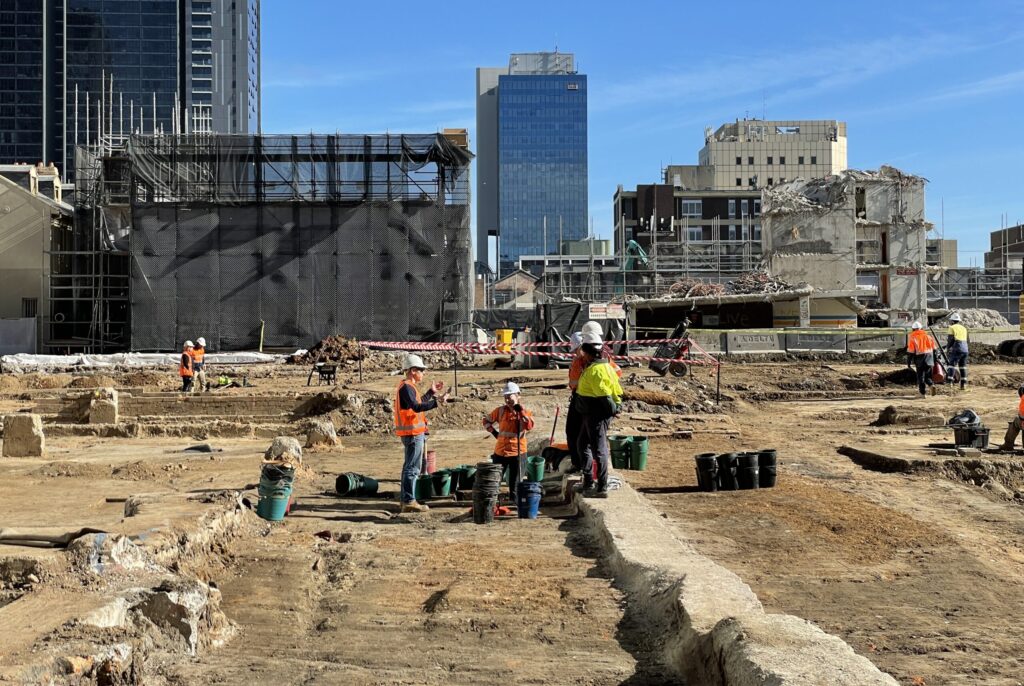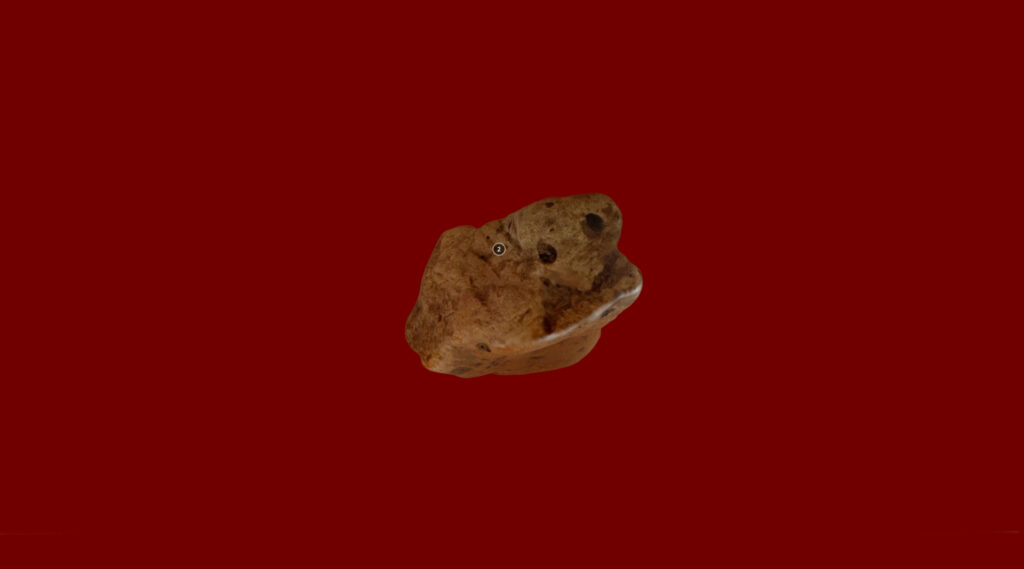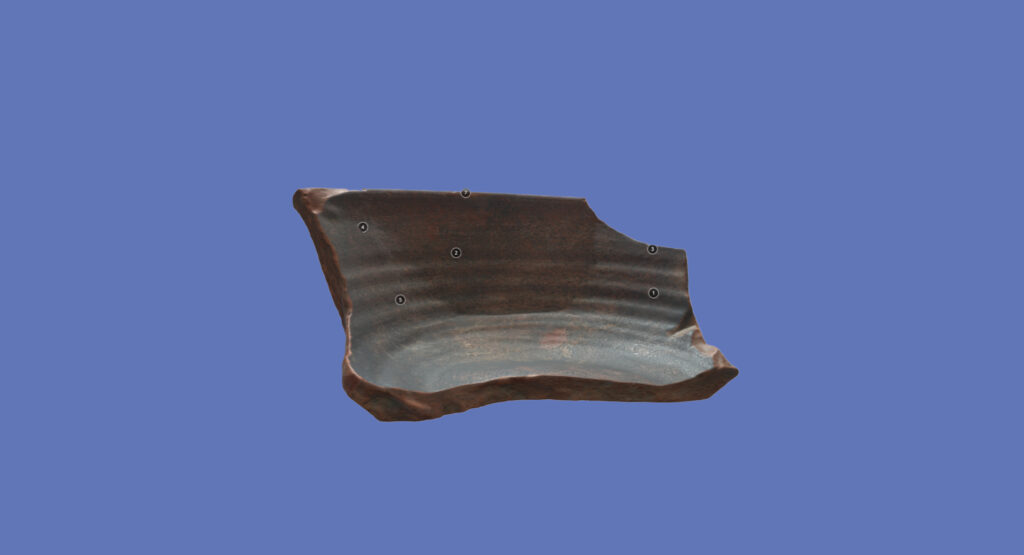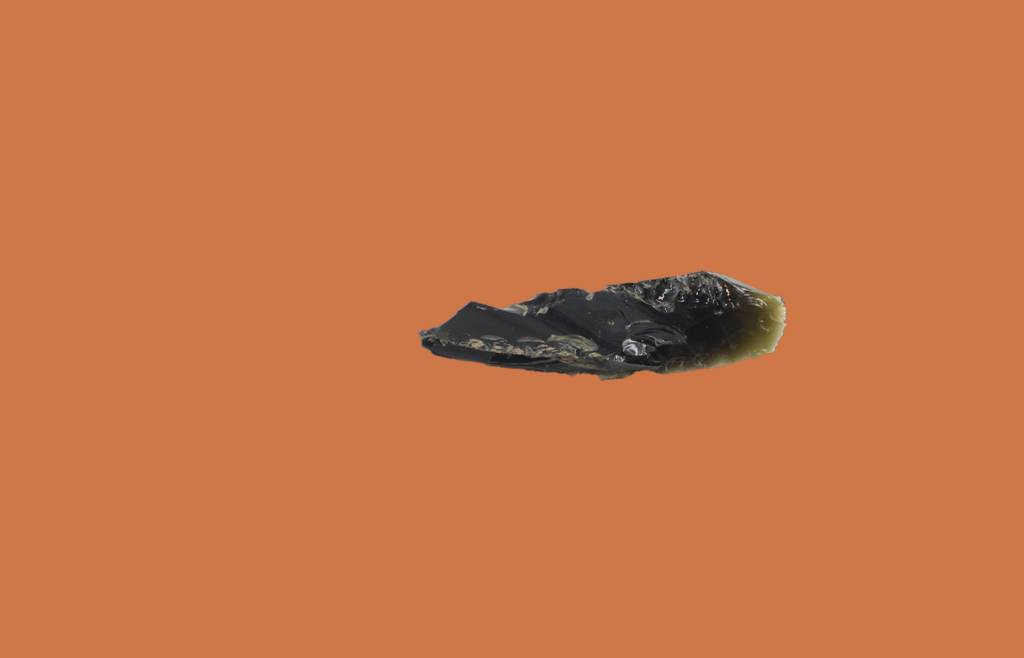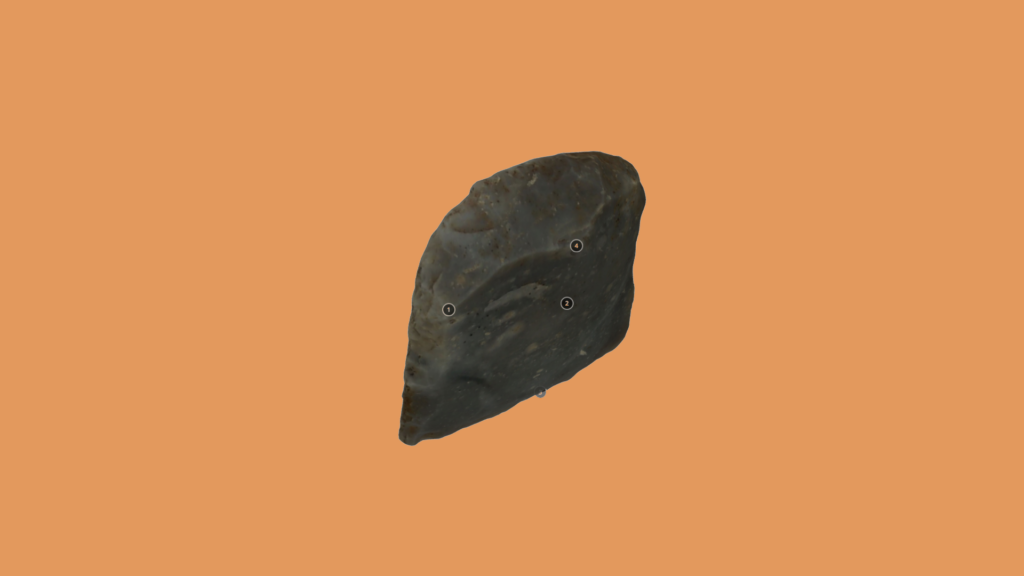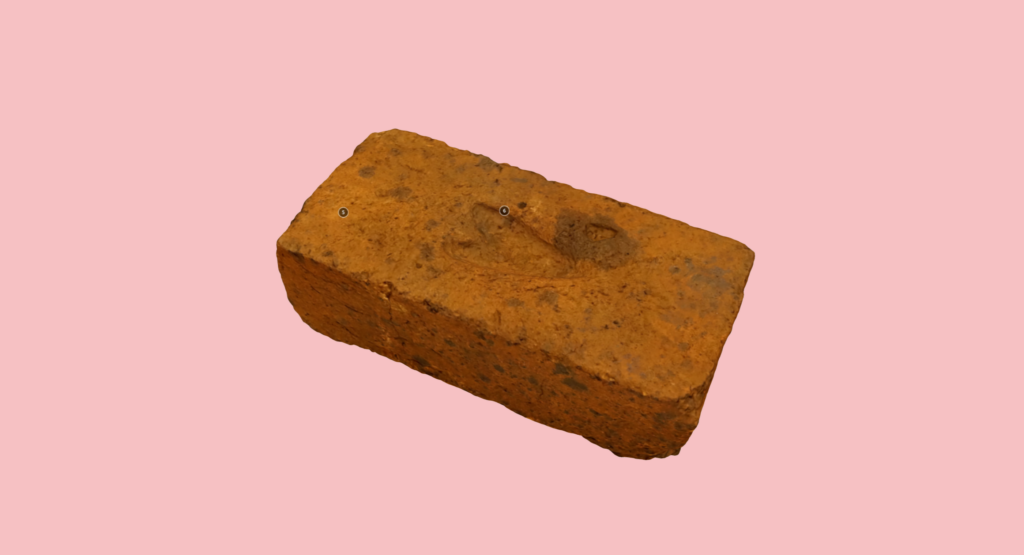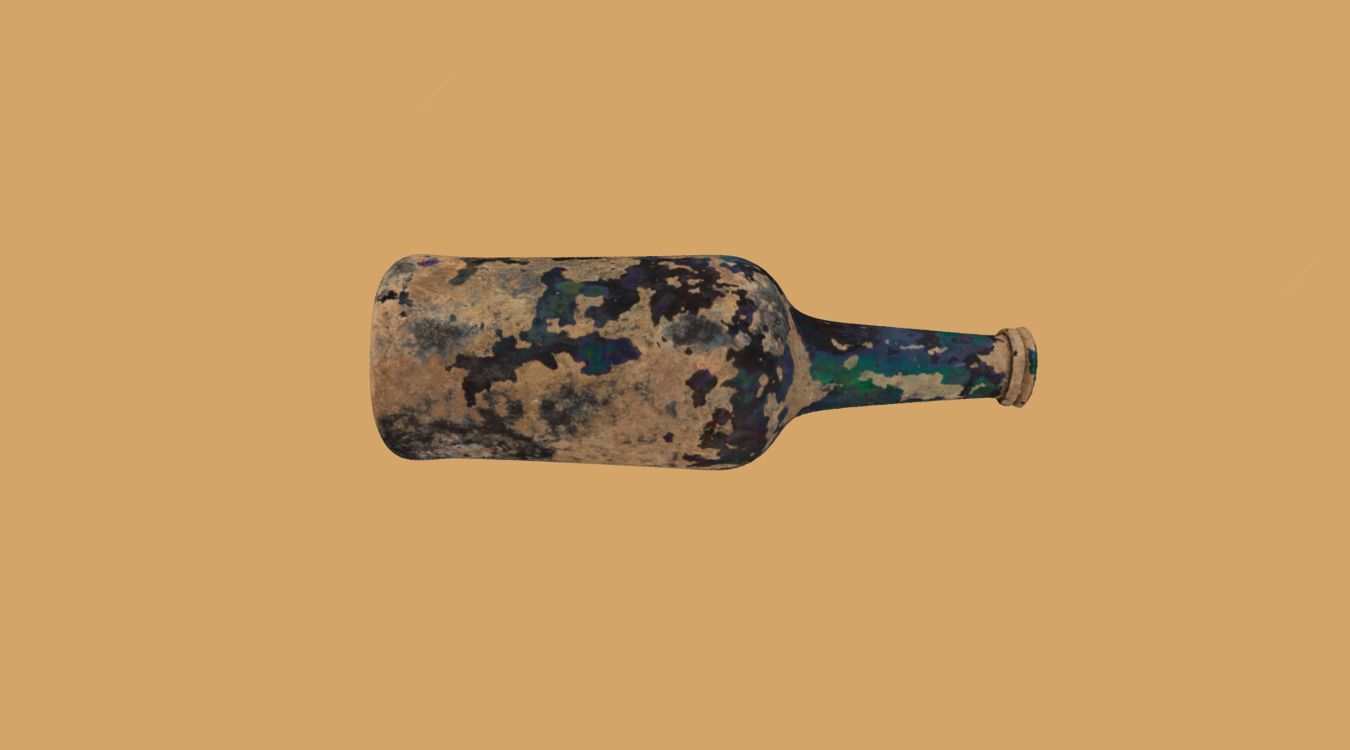
Drink up!
As part of National Archaeology Week, GML's team of archaeologists are sharing some of the First Nations and historical artefacts that they have uncovered in the field.
Glass Bottle c1788-1840
Bottles or fragments of bottles are some of the most commonly found artefacts on historic (non-Indigenous, post 1788) archaeological sites.
Structures such as wells, cisterns, and cesspits may be backfilled when they are no longer needed and it was common for people to use these to get rid of items that no longer served them or were broken, before rubbish disposal was introduced in the late nineteenth century.
As archaeologists, part of the fun is analysing individual artefacts as well as piecing them together. We also use artefacts to compare sites and regions to better understand the lives and habits of individuals and groups of people. One person’s trash is another archaeologist’s treasure!
Stylistic and technological changes can provide information for dating both the artefact and the wider archaeological site. Bottle features such as the lip or type of closure, side seams, embossment, decoration, glass colour, and base shape all provide clues to when, where and how the bottle was made and used.
This example is a ‘black’ glass bottle that would have been produced in England, prior to c.1840. Before the late nineteenth century Australia did not have an established glassworks so most glass was shipped from England. This bottle would have been blown and formed by hand, as revealed by the wobbly shape and the uneven finishes that are reminiscent of the human interaction necessary to create this object in a time before machined mass production.
While these types of bottles originally held beer or wine when they left England on their journey to colonial Australia, once here and the contents consumed, they were often reused for a variety of purposes, from the storage of other liquids, to being re-shaped as tools by First Nations people, or even for opium smoking!
Bottles like these are found on archaeological sites across the world from London to America, on shipwrecks, and the site in Sydney where this bottle spent nearly 200 years buried in the ground!
Scroll over the 3D image below and click on the annotations to explore more of the technical features that archaeologists use to identify artefacts like this one.
More artefacts are revealed below.
